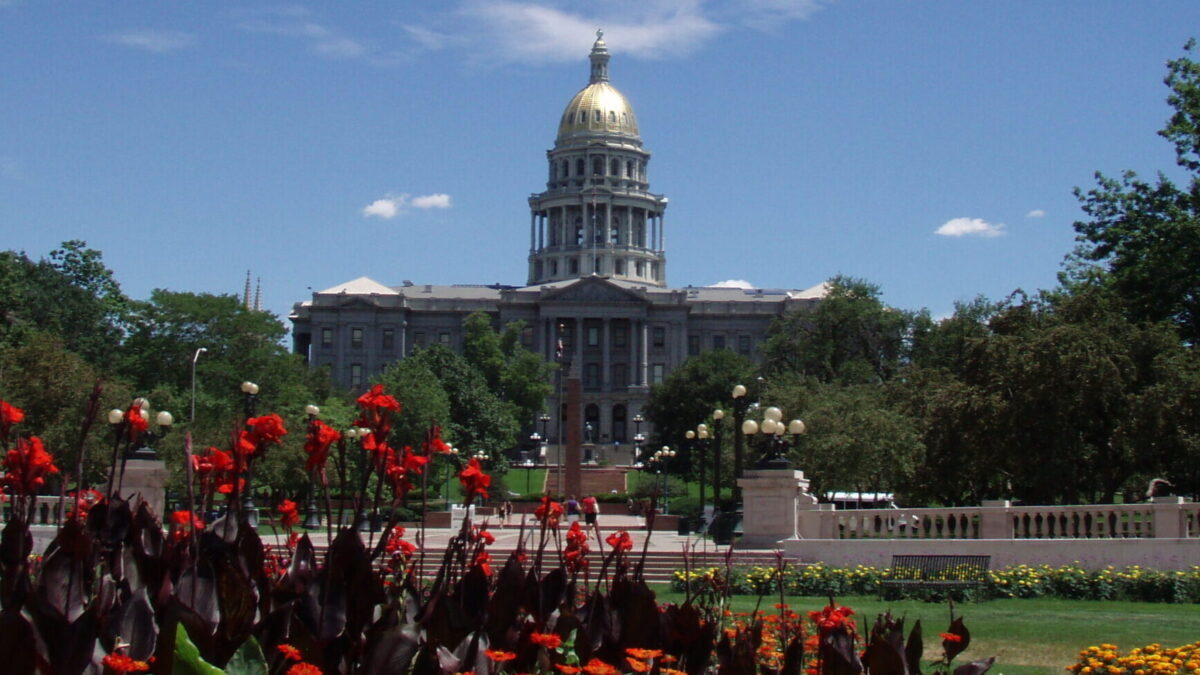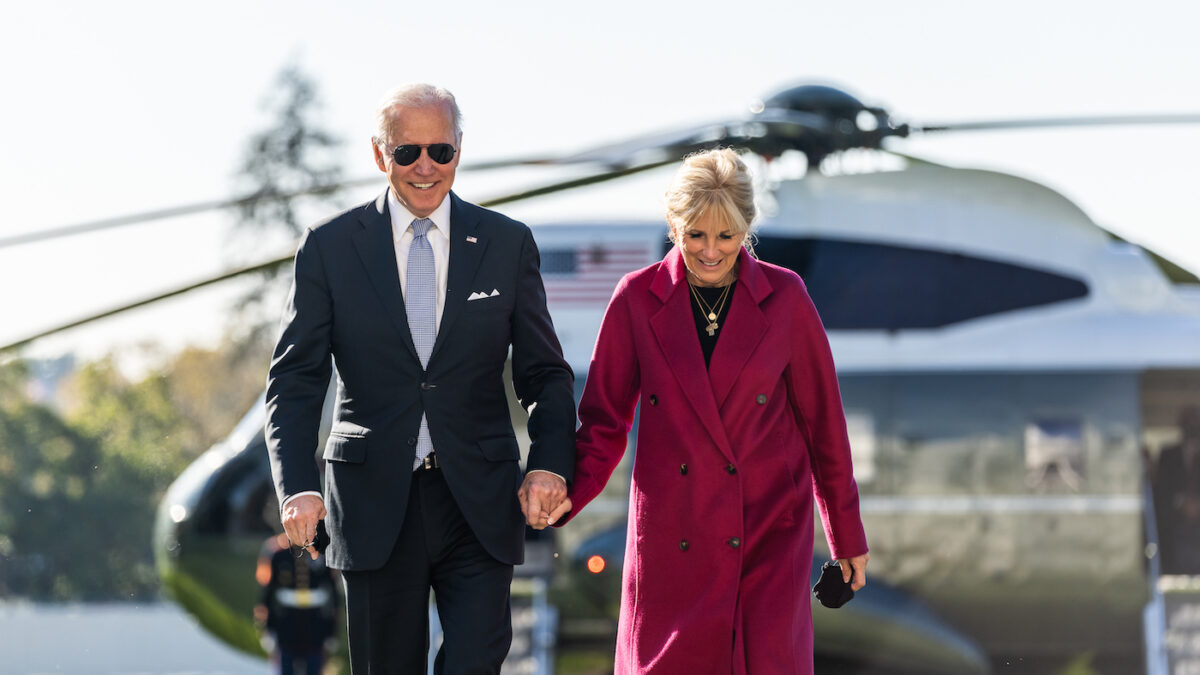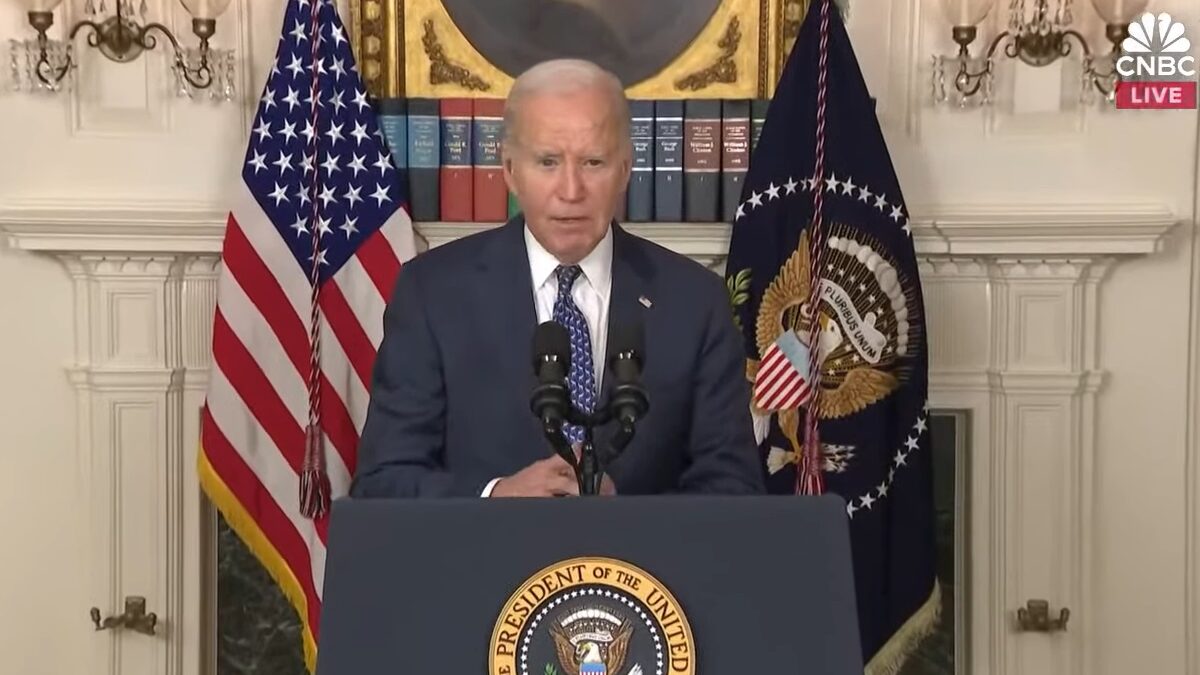
Tyler Cowen, whom I enjoy reading immensely, has missed the mark on what people can learn from the budget fiasco in Kansas. At Marginal Revolution, he writes:
It seems to me that, whether we like it or not, fiscal conservatism has been stymied at the state level. No, that’s not true for Illinois, New York, or California, but it does seem to be true for many other states, especially those governed by Republicans. (And yes, state pension obligations still do need to be reigned [sic] in and made subject to proper accounting.) More concretely, trying to cut taxes at the state level doesn’t seem like a useful or productive way forward…
But I see myself as stating what has to be the default hypothesis for the time being — should we not all come out and admit this?
Now, I’m not that well-versed in what appears to be the chaotic world of Louisiana politics, but I have paid a tremendous amount of attention to Kansas. In the Sunflower State, it certainly is not the case that “…trying to cut taxes at the state level doesn’t seem like a useful or productive way forward.” Rather it is most certainly the case that a significant number of fiscal conservatives, elected over the 2010 and 2012 cycles, have come to lack the political will to actually rein in state spending and tackle the two largest cost drivers in the state: KPERS (the Kansas Public Employee Retirement System) and Medicaid.
Between 1999 and 2009, Kansas spending outpaced inflation and population growth by $21.6 billion. Much of this was due to an explosion in the cost of Medicaid and KPERS, but a great deal of it was also due to an explosion in spending from the state general fund.

(Source: U.S. Census Bureau, Tax Foundation)
Note the steady increase in spending following former Gov. Kathleen Sebelius’s re-election in 2006—a mirror for the increase in spending under moderate Republican Gov. Bill Graves.
In another post, Cowen highlights a very long and somewhat correct comment left on his blog explaining the political economy of Kansas. The commenter notes:
In nominal terms, between 2002 and 2012 state receipts grew 50%. Inflation in this period was 28%, and probably significantly lower for Kansas, while population growth has only been about 10% since 2000. Even the ‘low’ 2014 receipts are $1.5 billion more in revenue from when Sebelius first took office and the government started rapidly growing. In the past 15 years expenditures have grown over 50%, exceeding $6 billion today. The shortfall is $300 million, or about 5%. While the growth of the Kansas government in the past 15 years is smaller than other governments in the country, it still explains the shortfall.
The commenter proposes a rural/urban political divide, with budget hawks in rural areas versus tax cutters in urban areas. This is not entirely correct, as it neglects an additional faction of “moderate”: Kansas Republicans who hold seats in both rural and suburban areas, such as Rep. Don Hineman and Rep. Stephanie Clayton, a moderate lawmaker in suburban Johnson County.
In fact, a great deal of the pro-tax-cut House Republicans in Kansas come from the suburban and rural areas surrounding Wichita, with a minority from the Kansas City suburbs in Johnson County. It is just a hunch, but the suburban moderate block in Johnson County may exist due to areas such as Overland Park, where the voter preference is for pro-education-spending, pro-development lawmakers. Increasing spending and slightly higher taxes will get them re-elected.
Thus, what happened in Kansas was a symptom of a political system where moderates and Democrats sat out, allowing the remaining—and still majority of—Republicans to fight it out between tax increases and spending cuts. The urgency of a solution ruled out any discussion of long-term fixes such as a complete overhaul of KPERS by moving to a strictly defined-contribution model and consolidating rural school districts to cut administrative costs.
Hence the final four options: Either they re-open the budget and cut spending by 5 to 6 percent, raise taxes, cut some spending and raise some taxes (this was the option they embraced), or adjourn and force the governor to line-item veto portions of the budget and fill the rest of the gap via allotments.
We Want to Spend More Without Raising Taxes
The lack of any appetite to reduce spending by suburban moderates in Johnson County—since it would threaten their robust education spending and focus on development—handcuffed conservative lawmakers to hammer out some form of deal that would contain a major tax increase. The real suburban/rural divide came over issues such as exempting LLCs and S-Corps from the state income tax and whether the Rural Opportunity Zone credit (a provision to incentivize out-of-state migration into rural Kansas communities) would sunset or become permanent. Rural lawmakers got their certainty on Rural Opportunity Zones, while suburban lawmakers were able to preserve the small-business exemption.
The final political battle came in the state Senate, where moderate Republicans like Sen. Jim Denning (R-Overland Park) held out for adjustments to the “ratchet” or “revenue trigger” that would take Kansas, eventually, to zero income tax. Denning was able to hold out his vote in exchange for gutting the ratchet, ensuring that it is nigh-impossible for it to ever result in an automatic income-tax cut.
So why does this mean there isn’t an impasse for fiscal conservatives, at least in the case of Kanas, on the state level? Fiscal conservatives in Kansas fell into a trap. They began negotiating among themselves on some sort of compromise that could pick off enough votes to make it through both the House (where several plans failed in landslides) and the Senate. There was no effort to pressure moderate lawmakers into the realization that a reduction in spending was necessary or that it should be the primary component of any deal.
This is not to say that a reduction in state spending is impossible. It is merely a lack of political will. Many Kansas lawmakers are serious about overhauling KPERS, consolidating rural school districts, and reducing general-fund spending further, but they have since 2012 lived in a dreamland where you can cut taxes and increase spending and everything will be fine. They’ve woken up. While in Topeka last week, I was told repeatedly that KPERS reform and school district consolidation were top priorities for next year.
Cutting taxes at the state level isn’t pointless. It’s that for too long fiscal conservatives have been able to get away with small tax cuts without any serious reductions in spending. Kansas engaged in bold tax cuts but forgot to tackle spending and cronyism in the tax code. Some are waking up to the urgency that they need to tackle spending in a thorough manner.
If the legislative log-jam isn’t broken and spending isn’t reined in, Kansas’s March to Zero will undoubtedly fail, resulting in a huge blow to fiscal conservatism at the state level. That’s looking more and more like a remote possibility, though. More likely is that lawmakers will do what is necessary and engage in a long but necessary process of reform and prove that a state like Kansas can indeed abolish its income tax.









